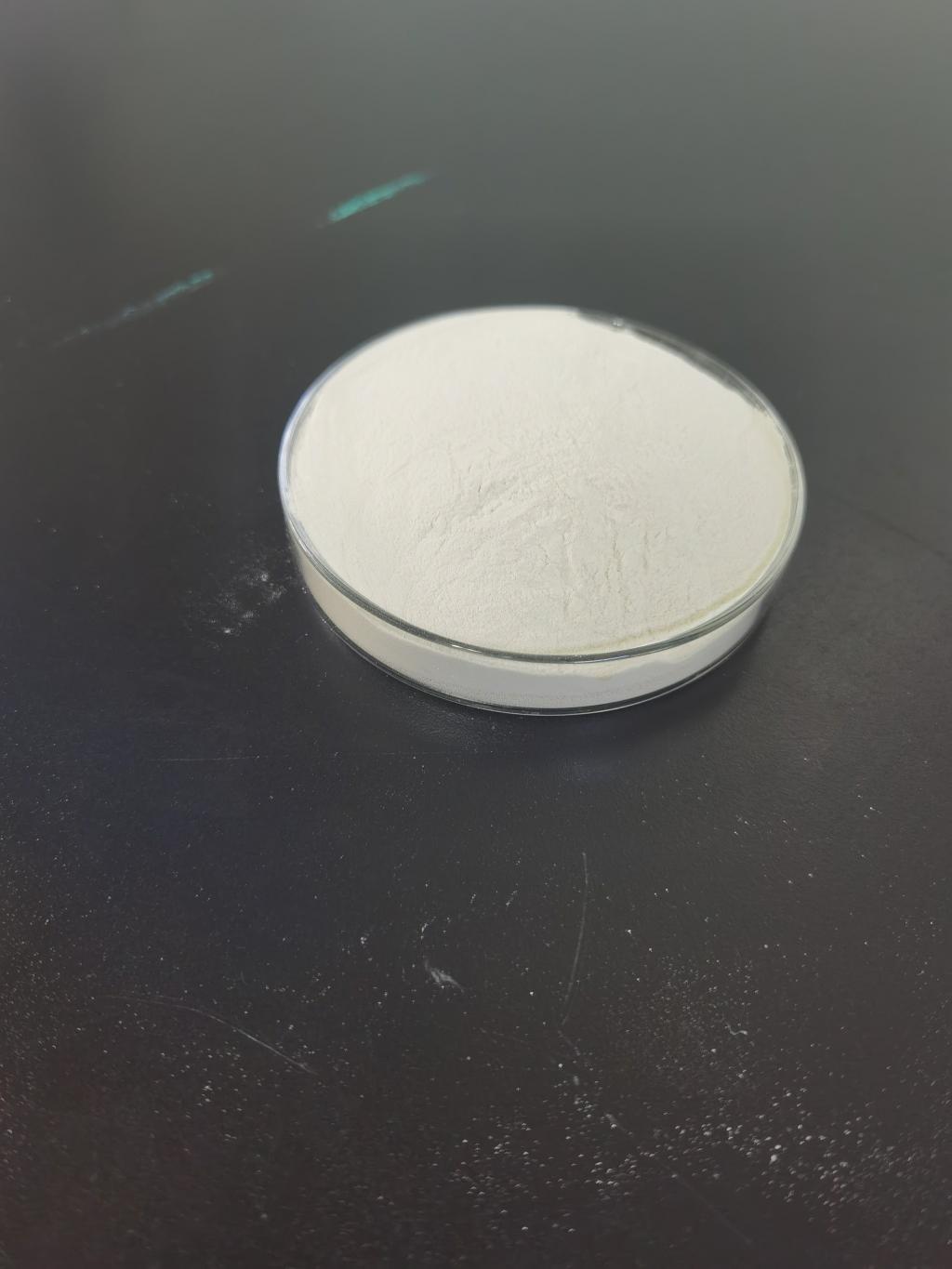Tel:+8618231198596

News
 CONTACT
CONTACT
 CONTACT
CONTACT
- Linkman:Linda Yao
- Tel: +8618231198596
- Email:linda.yao@dcpharma.cn
- Linkman:CHARLES.WANG
- Department:Overseas
- Tel: 0086 0311-85537378 0086 0311-85539701
News
Exploring Nisin's application in controlling post-harvest diseases in fruits and vegetables.
TIME:2024-04-30
Mechanisms of Action of Nisin:
Nisin exerts its antimicrobial activity primarily through the disruption of bacterial cell membranes. It binds to lipid II, a precursor molecule involved in cell wall synthesis, leading to pore formation and leakage of cellular contents, ultimately resulting in cell death. Additionally, nisin has been shown to inhibit spore germination and biofilm formation, further enhancing its efficacy against post-harvest pathogens. Importantly, nisin is selective in targeting Gram-positive bacteria, making it particularly effective against common post-harvest pathogens such as Botrytis cinerea and Penicillium spp.
Applications of Nisin in Post-Harvest Disease Control:
Nisin can be applied to fruits and vegetables through various methods, including dipping, spraying, and incorporation into edible coatings or films. These application techniques allow for the direct contact of nisin with the surface of produce, providing effective protection against post-harvest pathogens. Moreover, nisin-based formulations can be integrated into existing post-harvest handling practices with minimal modifications, making it a practical and cost-effective solution for disease control in the fresh produce industry.
Efficacy of Nisin in Controlling Post-Harvest Diseases:
Numerous studies have demonstrated the efficacy of nisin in controlling post-harvest diseases in a wide range of fruits and vegetables. For example, research has shown that nisin treatment effectively reduces decay incidence and severity in apples, grapes, strawberries, and tomatoes caused by various fungal pathogens. Furthermore, nisin has been shown to delay ripening and senescence, maintain fruit firmness, and preserve nutritional quality during storage, leading to extended shelf life and improved marketability of treated produce.
Safety and Regulatory Considerations:
Nisin has a long history of safe use as a food preservative and is generally recognized as safe (GRAS) by regulatory authorities worldwide. It has been approved for use in numerous countries, including the United States, European Union, and Japan, with established maximum residue limits and safety evaluations conducted by regulatory agencies. Furthermore, nisin is biodegradable, non-toxic, and poses minimal risk to human health and the environment, making it an attractive alternative to chemical fungicides for post-harvest disease control.
Future Directions and Challenges:
While nisin shows great promise in controlling post-harvest diseases in fruits and vegetables, several challenges remain to be addressed. Further research is needed to optimize nisin formulations and application protocols for different produce types and storage conditions. Additionally, studies investigating the potential development of resistance in post-harvest pathogens to nisin and its long-term effects on microbial ecology are warranted. Moreover, education and outreach efforts are essential to raise awareness among growers, packers, and consumers about the benefits and safety of nisin-based biocontrol strategies.
Conclusion:
In conclusion, nisin represents a promising biocontrol agent for controlling post-harvest diseases in fruits and vegetables, offering a natural, effective, and sustainable alternative to chemical fungicides. Its broad-spectrum antimicrobial activity, safety profile, and eco-friendly properties make it well-suited for integration into post-harvest handling practices. By harnessing the potential of nisin, the fresh produce industry can reduce food loss and waste, improve food safety, and meet the growing demand for natural and sustainable food products. However, continued research, collaboration, and adoption of best practices are needed to realize the full potential of nisin in enhancing the quality and safety of fruits and vegetables throughout the supply chain.
- Tel:+8618231198596
- Whatsapp:18231198596
- Chat With Skype







